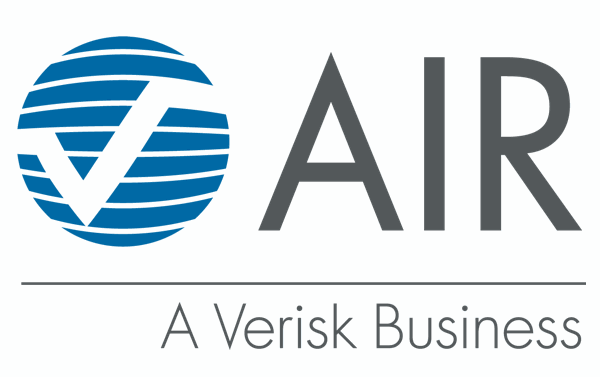
Catastrophe risk modeller AIR Worldwide now says that hurricane Ida will cost the insurance and reinsurance market between $20 billion and $30 billion, an estimate that now includes private market inland flood insured losses.AIR’s first industry loss estimate for hurricane Ida was for the wind and storm surge impacts of the cstorm to cost insurance and reinsurance market participants between $17 billion and $25 billion.That estimate still stands, but the company now adds to this an estimate that the private-market insured losses from inland flooding caused by hurricane Ida will range from $2.5 billion to $5 billion.AIR’s estimate remains below some, with .
Others have said that .So AIR’s estimate sits quite low down now, in the ranges being offered.Interestingly, AIR explains that it is adding a loading to its estimate to account for higher repair and material costs, the first risk modeller to explicitly call out and explain inflationary factors in its Ida loss estimate.
“The industry loss estimates also reflect an adjustment to account for increased material and other repair costs in the current construction market,” AIR explained.Going on to say that, “According to AIR and Xactware analyses, materials costs have gone up significantly in the past year from supply chain disruption in the construction market.Although these costs have moderated since their peak in July when they were 80% higher than September of last year, they remain about 30% higher.
(Click this Xactware link for more details.) Repair costs are still up significantly.“Reconstruction costs are more expensive today than they were a year ago.The increase in the total reconstruction cost index means that costs are higher on average nationally; this affects the low- as well as the high-severity events.
The difference in magnitude of the impact will come from the mix of construction materials used.For example, minor wind losses are less likely to require repairs that use more expensive inputs such as structural lumber; however, dwellings that are a total loss would require a broader mix of inputs that reflect the higher increases indicated by the total reconstruction index.These increases are outside the scope of demand surge, which tries to answer the cost increase question from a post–extreme event perspective.
Therefore, companies should bear these increases in mind and should expect the average claim to be higher before considering demand surge.“An additional source of uncertainty related to materials cost demand surge is the cost of diesel fuel, which has been impacted by the shutdown of refineries during Ida; this fuel would be used to transport materials.While some of these facilities were undamaged, the uncertainty around the timing of the restoration of the power grid and lack of electricity in the meantime is going to keep some of them from coming back online and contributing to the diesel fuel supply.” These are helpful factors to consider for reinsurance and ILS firms looking to set their own estimates of impacts to portfolios of reinsurance contracts, especially if they want to set them high enough to ward off any amplification of losses through the claims process, or loss creep further down the line.
AIR’s estimate excludes losses to the NFIP still, but is based on, ” losses to onshore residential, commercial, industrial properties, and automobiles for their building, contents, and time element coverage, as well as estimated insurance take-up rates for wind and flood across the entirety of Ida’s track, including the flooding that occurred in the Northeast.” – .– .– .
– .– .– .
– .– .– .
– .– .– .
– .– .– .
– .– .– .
– .– .———————————————————————.All of our Artemis Live insurance-linked securities (ILS), catastrophe bonds and reinsurance can be accessed online.
Our can be subscribed to using the typical podcast services providers, including Apple, Google, Spotify and more.
Publisher: Artemis








